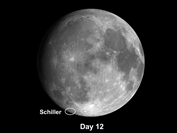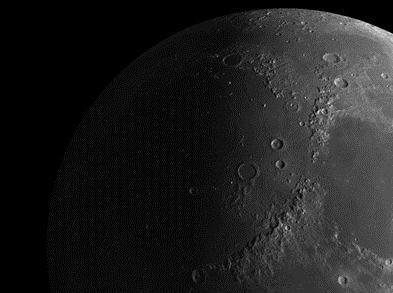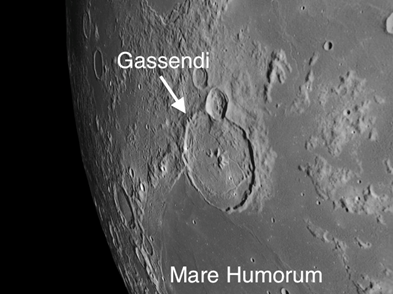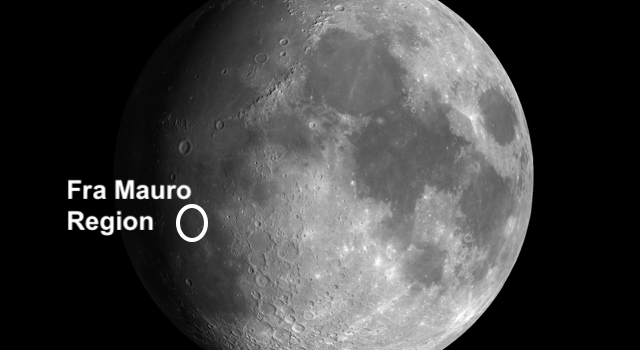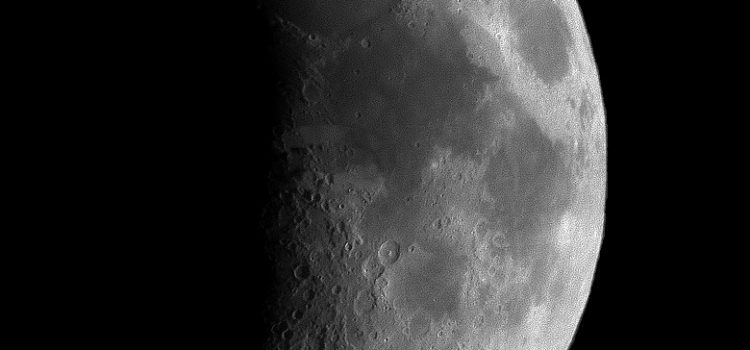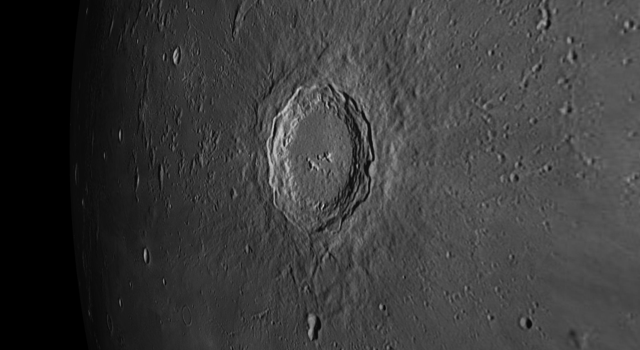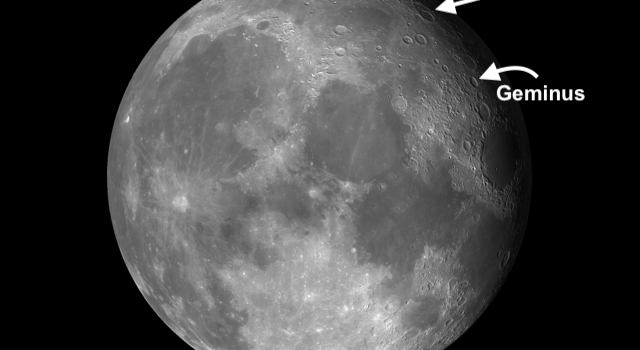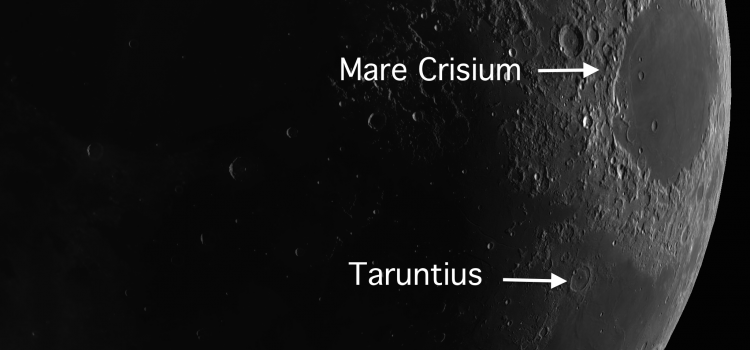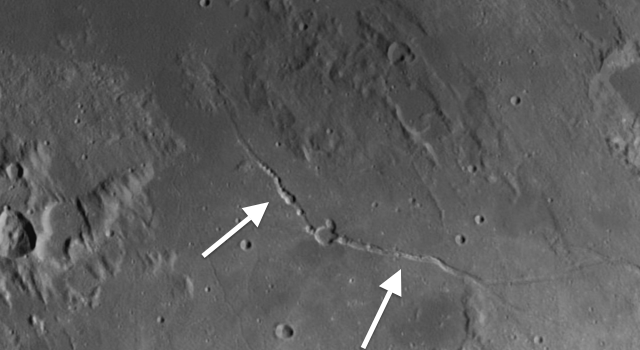The week of July 19-25 takes us from Lunar Day 10 to Day 17. This week we will highlight the crater Schiller, viewable Tuesday and Wednesday night in the SW quadrant. Schiller: [SW/Q6] Schiller is a curiosity. It has the
Moon Crater Schiller is a Curiosity
